Teachers across Europe are using iPads to help them work with students who are having to learn a new language as well as their regular lessons, including some who have never been in a classroom before.
Apple in a press release highlighted how the use of its iPads is proving to be the solution in European schools where students are able to learn at their own pace and considerably improve their grades. Teachers are preparing written and video lessons which the students can work through both at school and at home on their iPads.
"With iPad, it's different than when they write something [down] and I come in with my red pen and say 'that's wrong,'" says Sinaan El Haq Hadjeri of the Wilhelm Ferdinand Schussler Day School in Dusseldorf, Germany. "[With iPad,] they learn for themselves."
Hadjeri alternates teaching days at the school with colleague Nick Kyriakidis, who agrees.
"Kids withdraw when they're afraid of making mistakes," he told Apple. "If we try to reduce this fear, it's much easier for them to work with us because they don't have anything to lose."
This school, and many others like it across Europe, are having to deal with more students who not only may not speak a European language, but might not have been inside a classroom before. They include immigrants and refugees who've had to leave behind their homes in the Middle East because of war. So they're having to adapt to a new country, a new school and a new language which may even use a different alphabet than they know.
Wilhelm Ferdinand Schussler Day School has around 325 students from 39 different countries and about a fifth of them are non-German speakers.
Since the school introduced a program of giving iPads to every student, the graduation rate has gone up over 20% to a perfect 100% total.
A similar program in Penarth, Wales, saw grades increase by an average of 3.8 points for the class using iPads in 2018. And at Stenkulaskolan School in Malmo, Sweden, there has been an 80% improvement in math grades despite 98% of the students there only speaking Swedish as a second language.
The Swedish teachers record instructional videos that are watched after school by students on their iPads. The College Daniel Argote in Pau, France, does a similar thing.
France is a particular focus for Apple in education as it now partners with the Malala Fund and Simpion school. The school teaches Swift coding and specifically to groups such as France's refugee population.
 William Gallagher
William Gallagher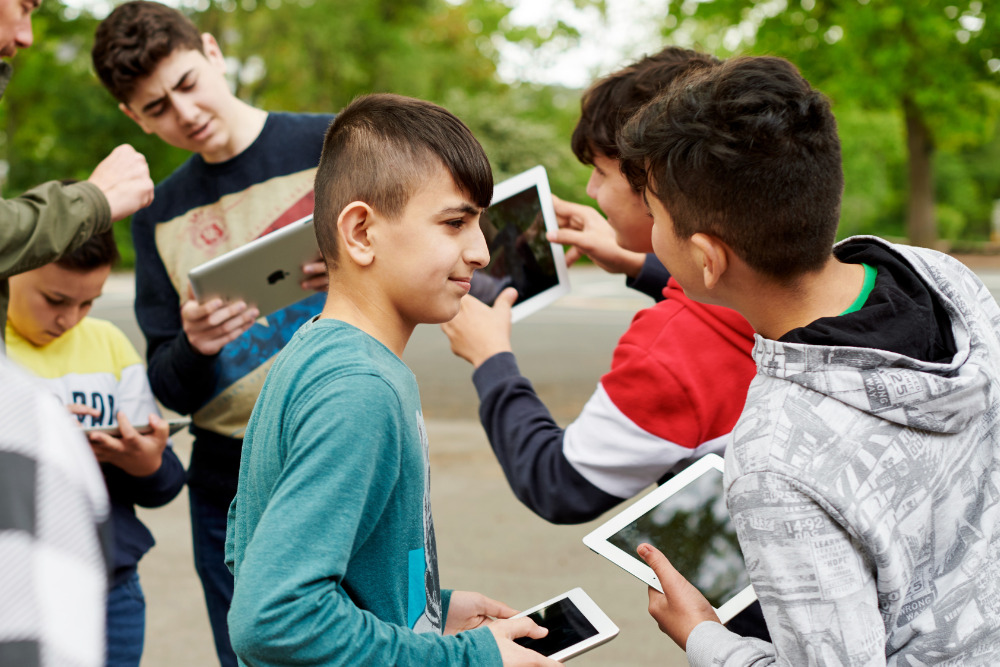
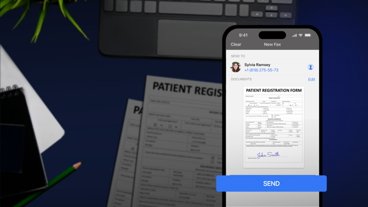

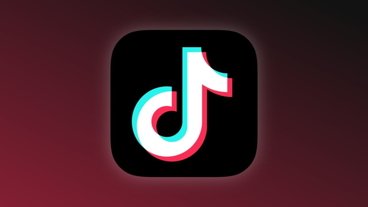
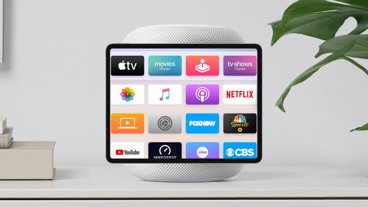


-m.jpg)

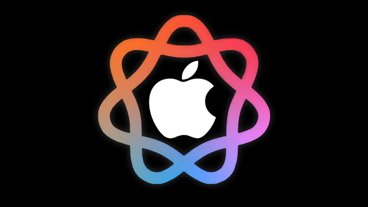
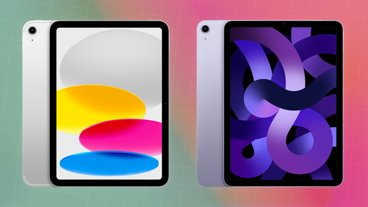



 Charles Martin
Charles Martin

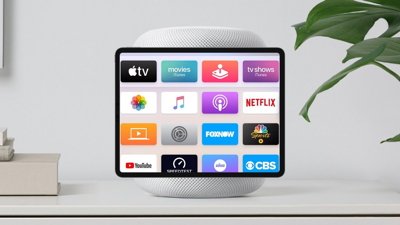
 Wesley Hilliard
Wesley Hilliard
 Stephen Silver
Stephen Silver
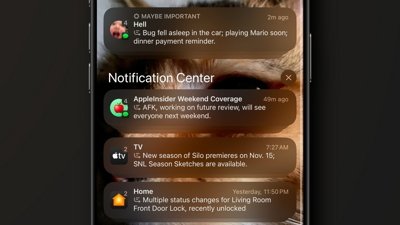

 Marko Zivkovic
Marko Zivkovic


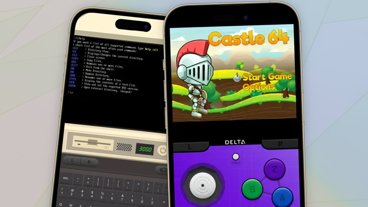


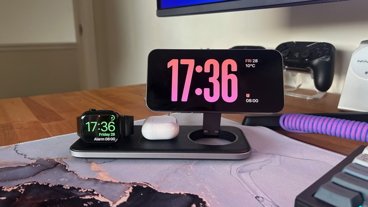



9 Comments
I wonder about that multilingual environment. I do use iPhone like that and it is plain horrible experience. Mainly switching two languages, occasionally up to six. Even two languages are nightmare as apps or iOS, no idea where is problem, do not remember what language was used in each conversation or chat so I constantly switching keyboard or typing or dictating with wrong one. In this particular case I can not call iPhone smartphone until it will remember language on conversation/contact base.
ajl
said:
I'm glad to see iPad taking a prominent role in education: There is just SO much potential here.
It can provide quality education experiences to students while reducing teacher burden and costs -- that's a win-win situation.
My own experience with what is being described here happened not only before there were iPads but before there were computers (at least outside government and very large corporations) in the early 60's:
It was called "TeMac" (short for "teaching machine") and it is how I learned Algebra 1 in 7th grade. It was a loosely bound book that had 2 columns on each page. The left column contained short teachings and questions and the right column (covered by a slide) had the answers. The students worked on their own at their own pace and a teacher was available for questions. When the student completed a chapter the informed the teacher who give them the test on that chapter.
... Basically it was a computerized system without the computer.